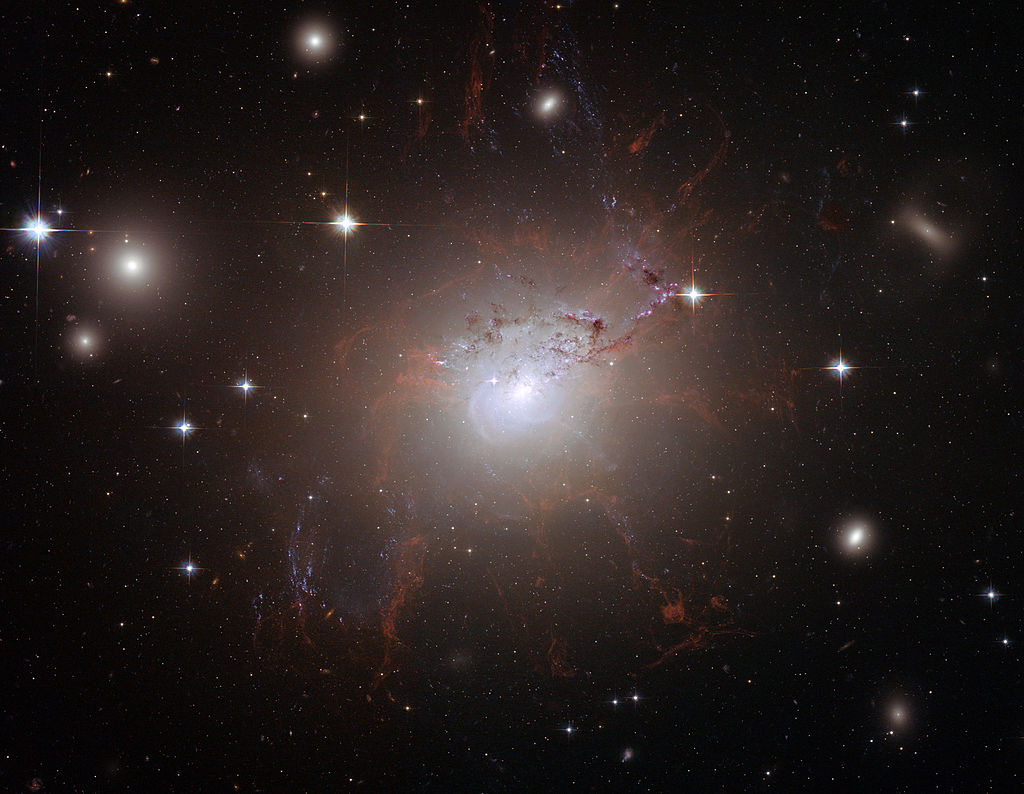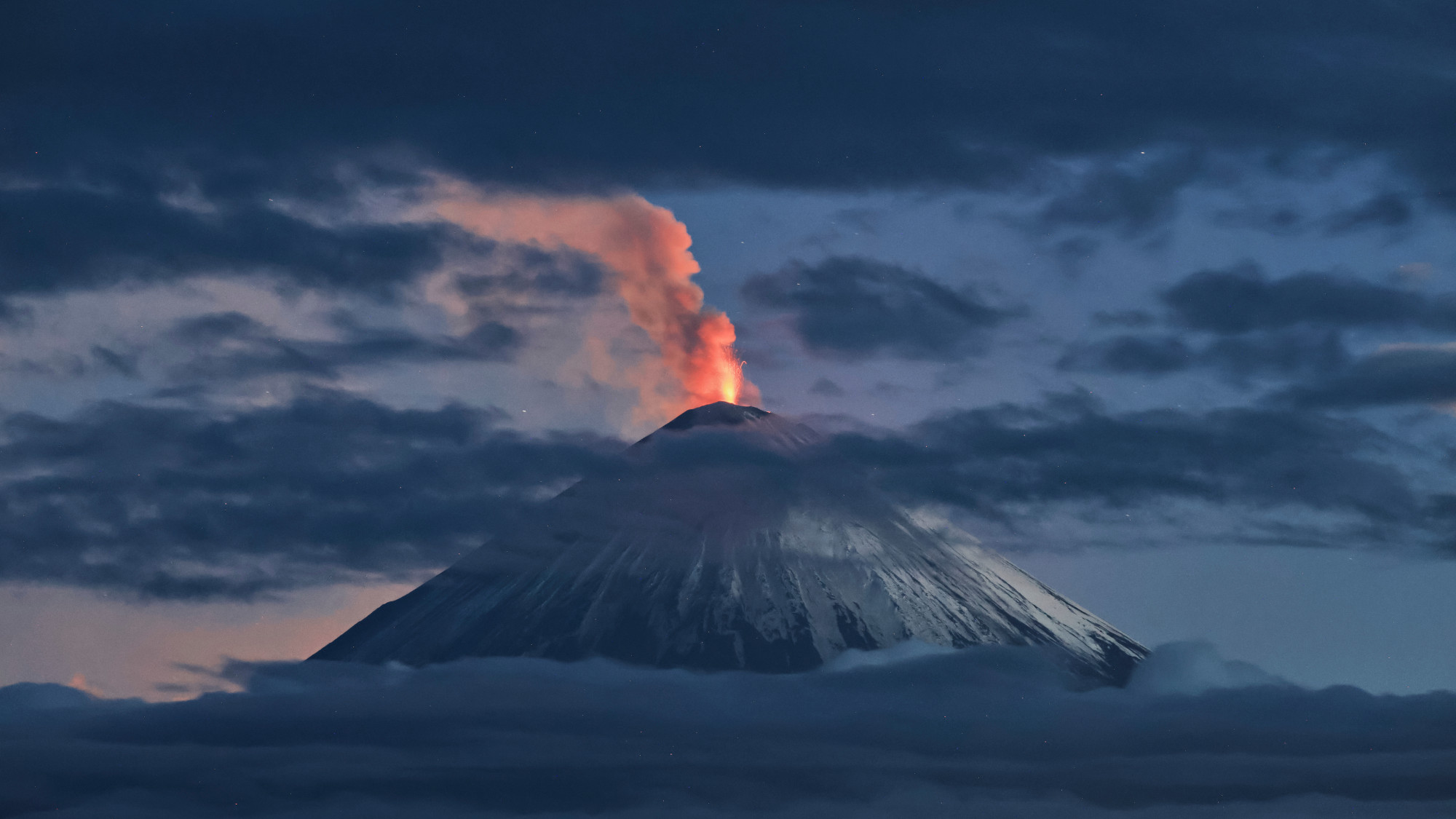Astronomers discover the universe is expanding way faster than Einstein thought

Even Albert Einstein didn't realize the universe could expand this fast. After using the Hubble Space Telescope to measure how far away stars in 19 other galaxies were, NASA and the European Space Agency have concluded that the universe is actually expanding at a rate 5 percent to 9 percent faster than all previous calculations — including Einstein's theory of relativity — had estimated. Astronomers now say that the rate of expansion is "45.5 miles per second per megaparsec (3.26 million light-years)," which means that in 9.8 billion years the Milky Way will be twice as far away from other galaxies than it is now, The Washington Post reports.
Aside from posing a potential challenge to Einstein's theory — which has largely withstood questioning for the past century — the new discovery also raises problems with scientists' notion that leftover energy from the Big Bang is the sole cause of the universe's steady outward growth. "If you really believe our number — and we have shed blood, sweat, and tears to get our measurement right and to accurately understand the uncertainties — then it leads to the conclusion that there is a problem with predictions based on measurements of the cosmic microwave background radiation, the leftover glow from the Big Bang,” study co-author Alex Filippenko of UC Berkeley said.
Though the newly discovered discrepancy still needs to be verified, it could mean there's something out there in space pushing the universe apart that we don't yet know about.
Subscribe to The Week
Escape your echo chamber. Get the facts behind the news, plus analysis from multiple perspectives.

Sign up for The Week's Free Newsletters
From our morning news briefing to a weekly Good News Newsletter, get the best of The Week delivered directly to your inbox.
From our morning news briefing to a weekly Good News Newsletter, get the best of The Week delivered directly to your inbox.
A free daily email with the biggest news stories of the day – and the best features from TheWeek.com
-
 The week's best photos
The week's best photosIn Pictures A volcano stirs, a deathly flower blooms, and more
-
 Andy Goldsworthy: Fifty Years – a 'beautiful and raw' exhibition
Andy Goldsworthy: Fifty Years – a 'beautiful and raw' exhibitionThe Week Recommends This superb career retrospective in Edinburgh brings together more than 200 works from the misunderstood artist
-
 Merryn Somerset Webb chooses five books on how the world works
Merryn Somerset Webb chooses five books on how the world worksThe Week Recommends The financial columnist picks works by Peter Turchin, Adam Smith and Christopher Clark
-
 How China uses 'dark fleets' to circumvent trade sanctions
How China uses 'dark fleets' to circumvent trade sanctionsThe Explainer The fleets are used to smuggle goods like oil and fish
-
 Thailand, Cambodia agree to ceasefire in border fight
Thailand, Cambodia agree to ceasefire in border fightSpeed Read At least 38 people were killed and more than 300,000 displaced in the recent violence
-
 Israel 'pauses' Gaza military activity as aid outcry grows
Israel 'pauses' Gaza military activity as aid outcry growsSpeed Read The World Health Organization said malnutrition has reached 'alarming levels' in Gaza
-
 US and EU reach trade deal
US and EU reach trade dealSpeed Read Trump's meeting with European Commission President Ursula von der Leyen resulted in a tariff agreement that will avert a transatlantic trade war
-
 At least 12 dead in Thai-Cambodian clashes
At least 12 dead in Thai-Cambodian clashesSpeed Read Both countries accused the other of firing first
-
 US and Japan strike trade deal
US and Japan strike trade dealSpeed Read Trump signed what he's calling the 'largest deal ever made'
-
 28 nations condemn Israel's 'inhumane killing' in Gaza
28 nations condemn Israel's 'inhumane killing' in GazaSpeed Read Countries including Australia, France, Japan and the U.K. have released a joint statement condemning Israel's ongoing attacks
-
 Israeli gunfire kills dozens at Gaza aid site
Israeli gunfire kills dozens at Gaza aid siteSpeed Read The U.N. estimates that at least 875 Palestinians have died while trying to access food in recent months